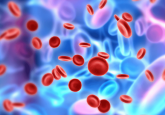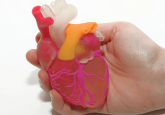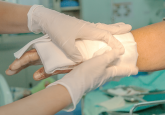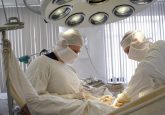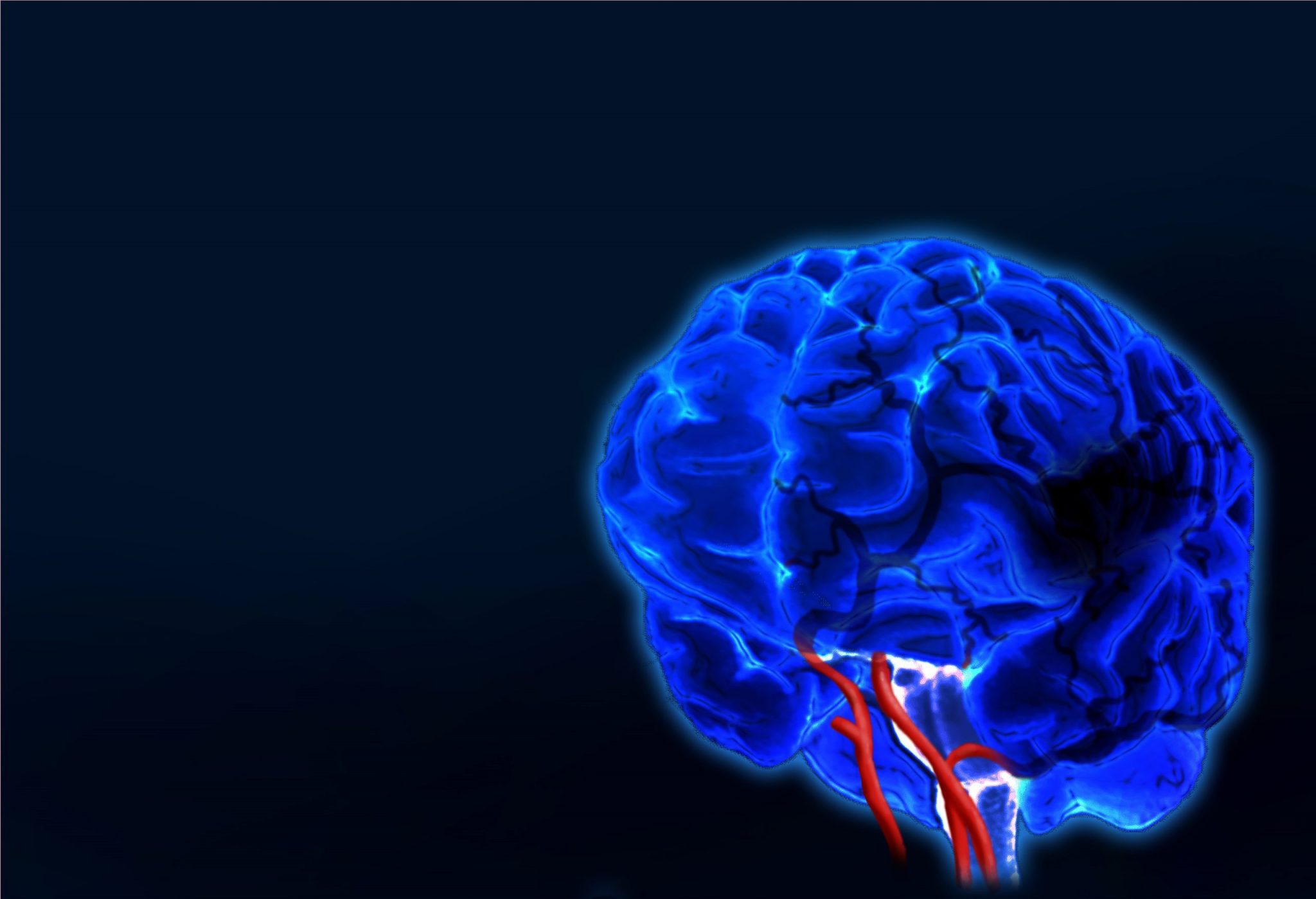The International 3D Bioprinting Symposium: Editor’s highlights

Find out more about my top highlights from the International 3D Bioprinting Symposium (22 November 2019; London, UK) in my first editorial for 3DMedNet.
Having recently attended the International 3D Bioprinting Symposium (22 November 2019; London, UK), I have been invited to highlight my top three talks and projects for 3DMedNet. I was delighted to be able to attend some very insightful presentations as international scientists shared their current research and progress within the field of bioprinting.
1 – Suspended layer additive manufacturing (SLAM) with Alan Smith (Huddersfield University, UK)
The first talk I would like to highlight was presented by Alan Smith from Huddersfield University. Smith presented his work on a novel technique for developing multiphase hydrogels, named ‘SLAM’, which has been previously covered in the news on 3DMedNet.
In this research, the team has found that manufacturing tissue for implantation into the body using hydrogels can be difficult due to their inability to maintain a specific and refined structure. Their solution was to develop a hydrogel that could maintain its integrity under sheer force. This let to the production of a new hydrogel containing ‘gel’ particles, the composition of which allowed the hydrogel to maintain its structure once bioprinted onto a surface. This allowed for layered structures to be printed using different materials as well as further applications, for example, in the bioprinting of arteries.
2 – Hybrid strategies and new materials with Miguel Oliveira (University of Minho, Spain)
The second talk I would like to highlight was presented by Miguel Oliveira from 3B’s Research Group at the University of Minho. Oliveira showcased his team’s research on hybrid strategies and new materials that can be used in bioprinting.
The main example Oliveira presented was in ‘repairing’ the meniscus whereby the team considered a potential substitution process utilizing bioprinting.
A hydrogel was created based on a natural protein, fibroin, found in silk. Due to the ionic strength of the silk fibroin, the hydrogel was found to be very useful: bioinks created containing silk fibroin were used in developing patient specific meniscus implants. Based on their findings, the future of the team’s research includes investigating further applications of their hydrogels within medicine and the development of novel hydrogels based on other natural materials, including gellan gum.
3 – Reactive jet impingement with Kenny Dalgarno (Newcastle University, UK)
The final talk I would like to highlight was presented by Kenny Dalgarno from the University of Newcastle. Dalgarno presented his findings following the development of a novel bioprinting process, called ‘reactive jet impingement’. He explained that current bioprinting technologies include inkjet and microextrusion bioprinters, involving bioinks containing cells in different media, including gels. With microextrusion bioprinters, a gel is formed from two low viscosity fluids which is printed onto a surface. The new reactive jet impingement process involves mixing two gels but in a droplet form, where the droplets meet in mid-air to form a new gel.
When the new gel was used to print tissue constructs, a more tissue-like structure was observed in high density gels formed from the reactive jet impingement process. Dalgarno and his team hope that their work will have future applications in multiple material bioprinting and could lead to printing new cartilage constructs.
>> Find out more about Kenny Dalgarno in this exclusive interview for 3DMedNet
Conclusion
In conclusion, the International 3D Bioprinting Symposium presented a variety of fascinating talks centered around bioprinting, exciting me about the future of the field as we move into 2020.
